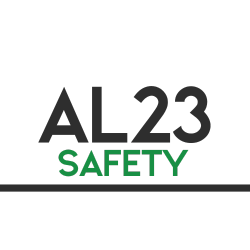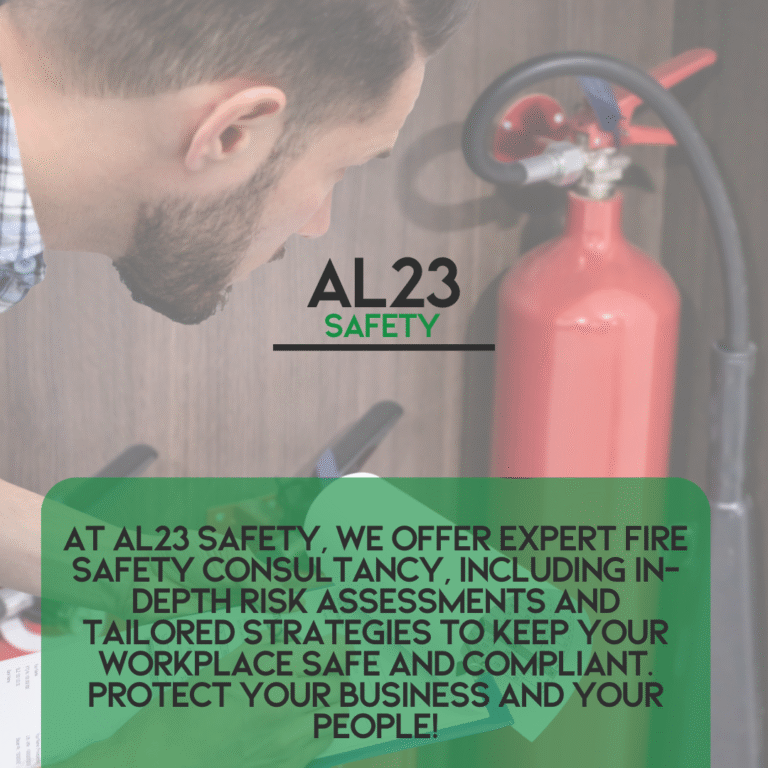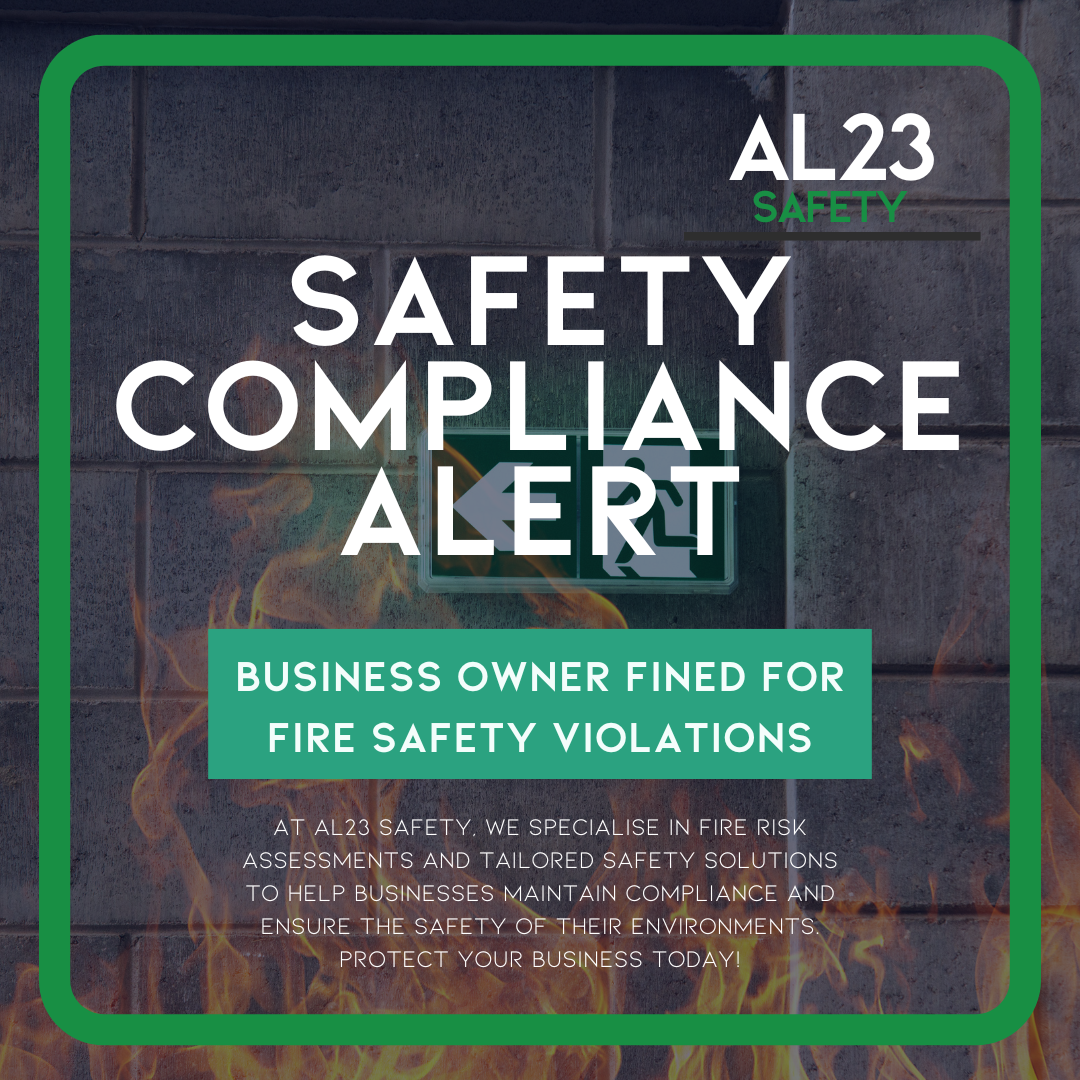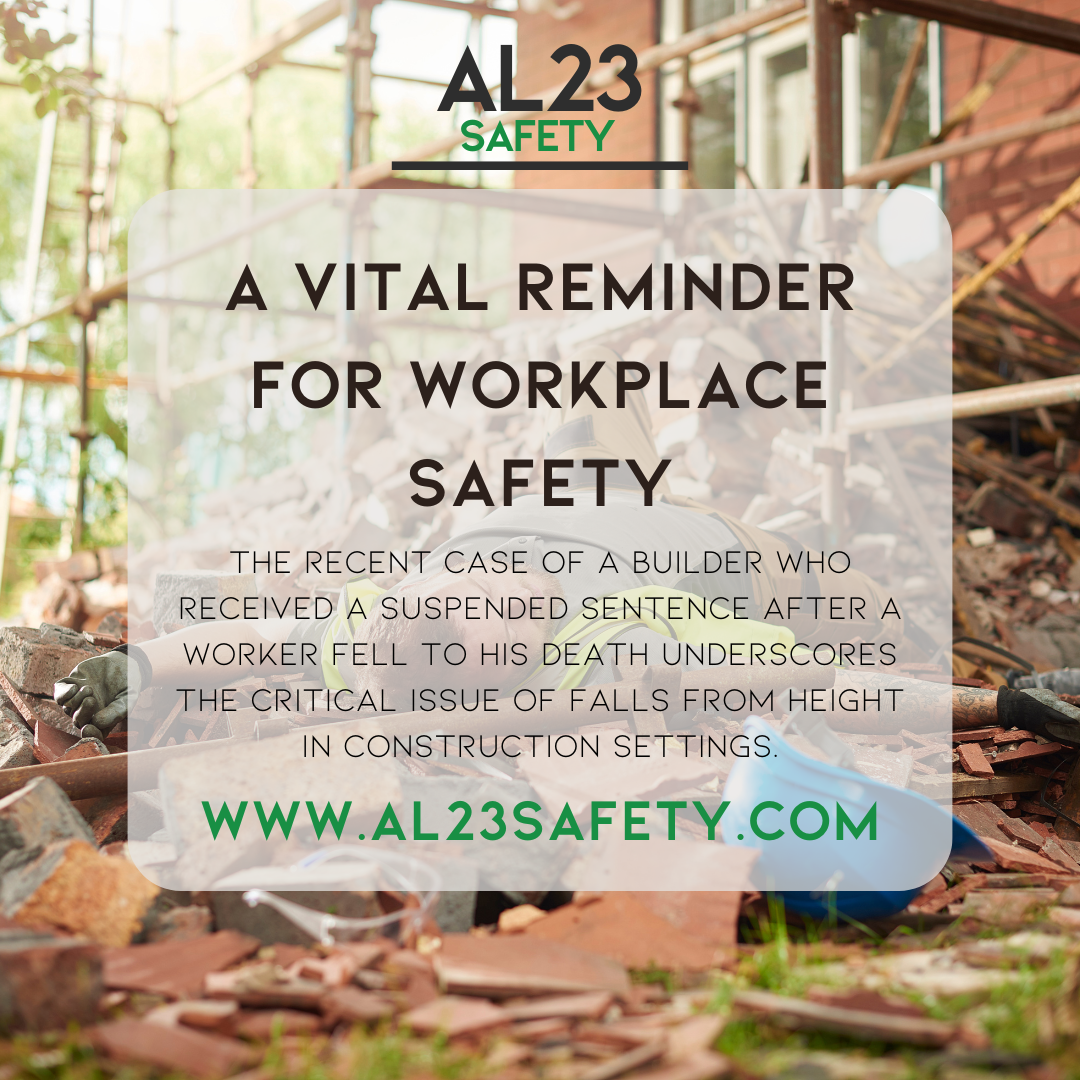Fire safety measures are the frontline defence against catastrophic incidents in industrial and commercial settings, yet their absence can turn a minor spark into a raging inferno. The recent West Bromwich industrial fire at GB Tyres & Tracking on Great Bridge Street serves as a chilling cautionary tale. On 27 July 2025, what began as a blaze in a single-storey factory unit rapidly escalated, consuming approximately 20 tonnes of tyres and spreading to four neighbouring units. Over 100 firefighters from West Midlands Fire Service battled the flames for nearly 24 hours, evacuating nearby residents on Elwell Street as a precaution and blanketing the area in thick, toxic smoke visible from miles away. Fortunately, no casualties were reported, but the structural damage, operational disruptions, and environmental fallout underscore the urgent need for robust fire safety measures. At AL23 Safety, we specialise in empowering UK businesses with tailored fire risk assessments and compliance strategies to avert such disasters. In this in-depth analysis, we dissect the West Bromwich incident, UK fire regulations, and five vital lessons to strengthen your workplace fire prevention protocols.
The West Bromwich Industrial Fire: A Timeline of Escalation and Aftermath
The fire erupted at around 10:40 BST in a 100m by 100m unit at GB Tyres & Tracking, a tyre retailer and fitting service. Initial reports indicated a “significant blaze” involving highly flammable rubber tyres, which fuelled rapid fire spread and produced dense smoke plumes that prompted public warnings to keep doors and windows closed. By early afternoon, the inferno had engulfed four units, necessitating 17 fire engines, aerial platforms, and a drone team for monitoring. West Midlands Police enforced road closures on Great Bridge Street, between Tipton and West Bromwich, while environmental agencies like the Environment Agency and Severn Trent assessed pollution risks from tyre runoff.
Crews made steady progress overnight, fully containing the blaze by 4 August 2025, but investigations into the cause, potentially linked to stored materials or electrical faults continue. The incident highlights how combustible stockpiles like tyres, common in industrial estates, amplify risks without adequate fire safety measures. Businesses faced halted operations, lost revenue from delayed services, and costly repairs, while residents endured evacuations and air quality concerns. This event echoes broader UK trends: the Health and Safety Executive (HSE) reports over 30,000 workplace fires annually, costing billions in damages and underscoring the imperative for proactive industrial fire safety.
UK Legal Framework: Mandating Fire Safety Measures in Workplaces
Fire safety measures in the UK are governed by the Regulatory Reform (Fire Safety) Order 2005, which requires “responsible persons” typically employers or building owners, to conduct fire risk assessments, implement preventive controls, and ensure safe evacuation routes. For high-hazard sites like tyre storage facilities, the Dangerous Substances and Explosive Atmospheres Regulations 2002 (DSEAR) add layers of protection, mandating segregation of flammables and explosion-proof equipment. Sprinkler systems, while not universally required, are strongly recommended by the HSE for industrial premises over 280m², as they activate automatically to suppress fires in their early stages.
Non-compliance invites severe penalties: unlimited fines, improvement notices, or prosecution under the Health and Safety at Work etc. Act 1974. The West Bromwich fire’s rapid spread exacerbated by the lack of suppression systems, exemplifies why adherence to these fire safety measures is not optional but essential for legal, financial, and human safeguarding. Integrating building regulations like Approved Document B further ensures new or refurbished sites incorporate passive (e.g., fire doors) and active (e.g., alarms) defences.
5 Vital Lessons from the West Bromwich Fire on Fire Safety Measures
The GB Tyres blaze offers hard-won insights into workplace fire prevention. Here are five actionable lessons to embed fire safety measures into your operations:
1. Conduct Thorough Fire Risk Assessments Tailored to Your Hazards
Tyres’ high flammability turned a localised fire into a multi-unit catastrophe. Lesson: Perform annual fire risk assessments identifying site-specific dangers, such as storage volumes exceeding safe limits. Use HSE templates to evaluate ignition sources, fuel loads, and escape routes. For industrial sites, quantify risks with tools like fire load density calculations to prioritise interventions.
2. Install Automatic Sprinkler Systems for Rapid Fire Suppression
The absence of sprinklers allowed unchecked escalation, prolonging the response. Lesson: Retrofit BS EN 12845-compliant sprinkler systems in high-risk areas, proven to reduce fire damage by up to 90% per NFPA studies adapted for UK contexts. Assess costs against potential losses, installation pays dividends in insurance savings and compliance.
3. Segregate and Limit Flammable Materials to Contain Potential Blazes
Over 20 tonnes of tyres stored adjacently facilitated spread. Lesson: Follow DSEAR guidelines by zoning combustibles with fire-resistant barriers, capping storage at recommended thresholds (e.g., 10 tonnes for tyres without suppression). Implement inventory tracking software to prevent accumulation, and conduct weekly housekeeping audits.
4. Develop and Drill Comprehensive Emergency Response Plans
Evacuations succeeded due to swift police coordination, but delays could have been fatal. Lesson: Create a fire emergency plan with clear roles, muster points, and liaison protocols with local fire services. Run quarterly drills simulating scenarios like the West Bromwich smoke plume, incorporating vulnerable groups and post-incident debriefs to refine procedures.
5. Invest in Staff Training and a Safety-First Culture
Unpreparedness amplifies chaos in crises. Lesson: Deliver IOSH-accredited fire awareness training biannually, covering extinguisher use, alarm activation, and hazard spotting. Foster reporting via anonymous apps and tie safety metrics to performance reviews, building resilience akin to the effective staff evacuation at GB Tyres.
Broader Implications: Economic and Environmental Toll of Fire Neglect
Beyond immediate flames, the West Bromwich fire strained public resources over 100 firefighters diverted from other duties and posed environmental threats from tyre toxins leaching into soil and waterways. UK businesses lose £2.5 billion yearly to fires, per ABI data, with SMEs hit hardest by recovery timelines stretching months. Yet, proactive fire safety measures yield returns: compliant sites see 50% lower premiums and enhanced ESG ratings, attracting talent and investors.
For SMEs, free HSE e-tools simplify assessments; larger operations benefit from BIM-integrated fire modelling. Emerging tech like AI smoke detectors and IoT monitoring further fortifies defences.
Partner with AL23 Safety to Master Fire Safety Measures
The West Bromwich inferno’s embers may have cooled, but its warnings burn bright: fire safety measures are your shield against ruin. At AL23 Safety, we deliver bespoke fire risk assessments, sprinkler consultations, and training programmes aligned with UK standards. Our experts turn compliance into competitive advantage, ensuring your workplace thrives securely.
Don’t let history repeat. Contact AL23 Safety for a complimentary fire safety audit today. Visit our services page to ignite a safer future, protect lives, assets, and operations with proven fire safety measures.



